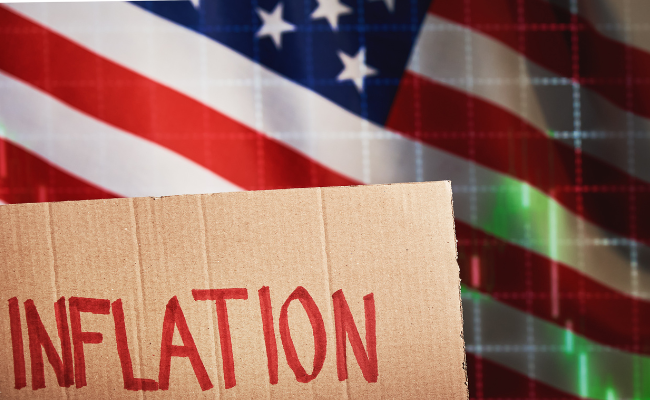Fed seen delaying rate hikes as inflation appears to subside
The Federal Reserve is seen slowing the pace of its rate hikes after a government report showed consumer prices rose less than expected last month, indicating that the central bank’s aggressive policy tightening this year has begun to bite.
The Fed has raised rates more sharply this year than ever since the 1980s to battle high inflation, delivering a fourth straight 75-basis point rate hike last week that brought the policy rate to a 3.75%-4% range. It was near zero in early March.
Futures contracts that settle to the Fed’s benchmark rate now show traders expect that blistering pace of policy tightening to slow next month, pricing in about an 80% chance the Fed will deliver just a half-point rate hike.
The Fed is then seen shifting to quarter-point hikes in January, with the policy rate ultimately peaking in the 4.75%-5% range by March. Before the report, traders had expected the Fed to raise rates above 5% by then.
The consumer price index rose 7.7% in October from a year earlier and is still running far above the Fed’s 2% target. But it was the first time since February that headline inflation was below 8%. Prices rose 0.4% from a month earlier, less than the 0.6% that economists expected.
One reason for the cooling was a continued easing in goods inflation and a flattening of services inflation – exactly what some Fed policymakers have said they need to see before slowing the rate hikes.
“The hikes in interest rates are beginning to bite into the economy and lower inflation as consumers become more frugal,” said Peter Cardillo, chief market economist at Spartan Capital Securities.
Read More
After last week’s rate hike, Fed Chair Jerome Powell had signaled the Fed could slow the pace as the central bank took into account the delayed effect that increases in borrowing costs have on the economy.
But he also signaled the Fed might ultimately take interest rates higher to fight stubbornly high inflation, prompting markets to price in rate hikes to the 5%-5.25% range by Spring, if not higher. Those bets had been largely unwound by Thursday morning, and traders now see the Fed starting to cut rates by September.


